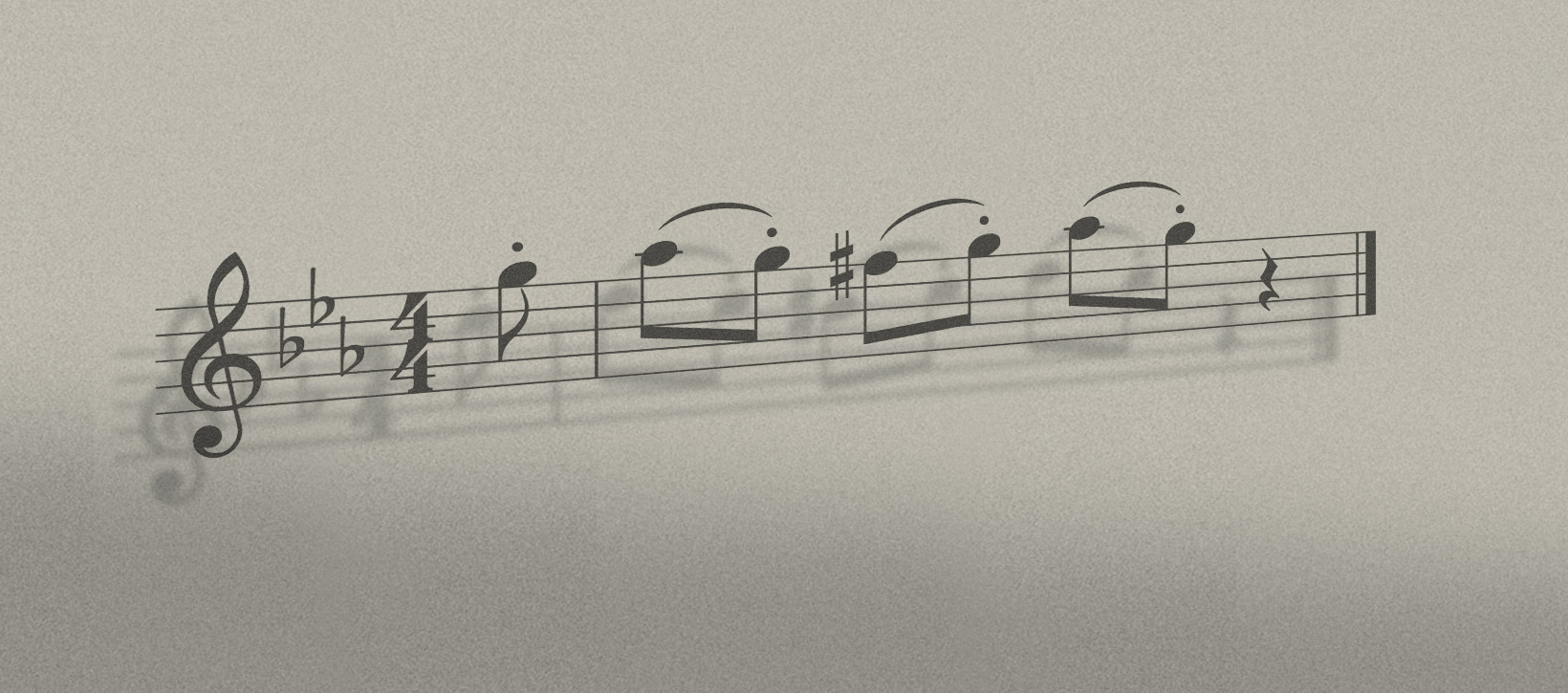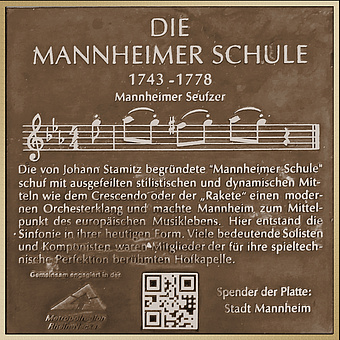1743 - 1778 The Mannheim School
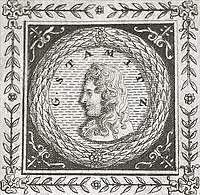
The "Mannheim School" founded by Johann Stamitz created a modern orchestral sound with sophisticated stylistic and dynamic means such as the crescendo or the "rocket" and made Mannheim the center of European musical life. It was here that the symphony was created in its present form. Many important soloists and composers were members of the Hofkapelle, famous for its technical perfection.
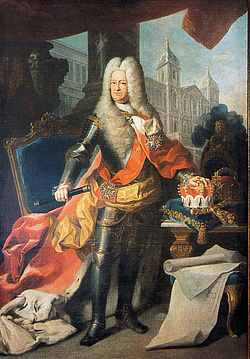
After a dispute over the use of the Heiliggeistkirche in Heidelberg, Elector Carl Philipp moved his residence to Mannheim in 1720 and laid the foundation stone for Mannheim Castle. Since court life also included court music, not least for representative reasons , Carl Philipp founded a court orchestra with musicians from Düsseldorf and Innsbruck.
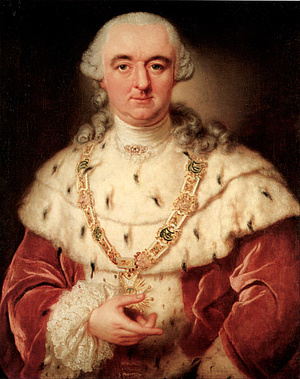
When the Elector dies on New Year's Eve 1742, he is succeeded by Carl Theodor, who is married to his granddaughter Elisabeth Augusta. Under the new Elector, Mannheim develops into a glamorous residential city. The elector, who was as tolerant and educated as he was generous, promoted the natural sciences by founding the Electoral Palatinate Academy of Sciences and the Societas Meteorologica Palatina and brought scholars such as Christian Mayer and Johann Jakob Hemmer to Mannheim.
During his reign, the Electoral Palatinate also experienced a cultural heyday of European renown. Carl Theodor loves music and even plays the flute and cello himself. He thus devotes himself to the cultivation of his court orchestra and his court theater. In 1743, he appointed the court violonist Johann Stamitz as concertmaster of the Mannheim court orchestra.
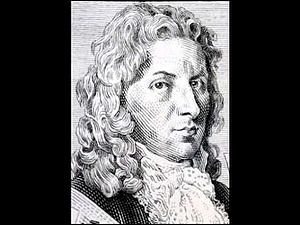
Stamitz, one of the best violin virtuosos of his time, first begins to build up the violin class, the pillar of the orchestra. With the training of such excellent violinists as Wilhelm Cramer, the brothers Carl Joseph and Johannes Toeschi or the only 12-year-old Christian Cannabich, he creates the basis for the exemplary playing culture of the court orchestra, much praised for its precision.
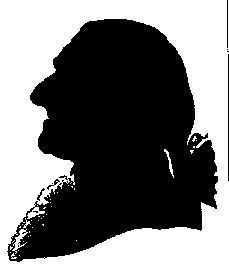
The Viennese composer Ignaz Holzbauer, engaged in 1753, completes Stamitz's development work in the other instrumental groups and fills leading positions with soloists from all over Europe, who impart their knowledge and skills to the young musicians. Among the court musicians there are not only many friendly relations. Often members of a family, even entire family dynasties, belong to the orchestra for several generations and pass on their knowledge to the next generation. From the mid-1960s at the latest, the best musicians move up from their own orchestra school. However, the young orchestra musicians are not only trained to become specialists of their instrument, but the most talented students also receive composition lessons. The Elector supports their education by financing study visits to Italy.
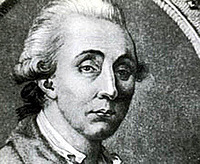
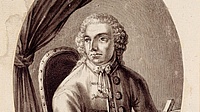
As a result of the exemplary training system, more and more excellent virtuosos belong to the court orchestra, but they are also important composers. Soon the court orchestra of the Electorate of Palatinate is regarded not only as an outstanding orchestral school, but also as a composition school without equal in Europe.
When Stamitz died in 1757 at the age of only 39, his master student Christian Cannabich became his successor. Under his direction, the training of the musicians is continued and they are trained in precise interplay. He is also said to have introduced the uniform bow stroke. The upstrokes and downstrokes that had been individually executed until then had resulted in a disorganized sound. Among others, he also taught Carl and Anton Stamitz, the sons of his predecessor.
Under Holzbauer's and Cannabich's direction, the court orchestra develops into that legendary ensemble which in the seventies of the 18th century causes a sensation throughout Europe due to its size of up to 75 musicians, 20-22 of which are violins alone, and its playing culture.
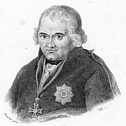
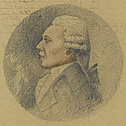
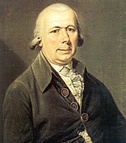
In addition to Johann Stamitz and his two sons Carl and Anton, other violinists of the court orchestra are also renowned composers. Among them are the brothers Carl and Johannes Toeschi, Wilhelm Cramer and Ignaz Fränzl. Also to be mentioned are the violoncellist Anton Fils or the flutist Johann Baptist Wendling and last but not least the Kapellmeister Ignaz Holzbauer and Georg Joseph Vogler, who also taught Carl Maria von Weber and Giacomo Meyerbeer. It goes without saying that with such a rich selection of excellent composers, the court orchestra mainly performs its own pieces. In this way, a specifically Mannheim style of composition emerges, which goes down in music history as the "Mannheim School".
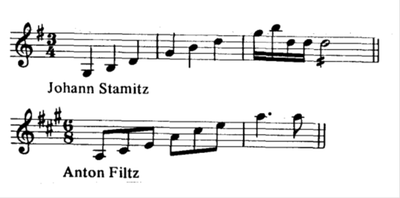



The music of the "Mannheim School" is characterized by its departure from the basso continuo, the abandonment of the harpsichord in the symphonies, and the turn to melody-emphasized playing in the upper voices. The music takes on a new timbre with the addition of solo wind instruments, especially oboes and flutes, which increasingly help to shape the melodic sections, and with the expansion of the orchestra to include clarinets. Also new is the introduction of a minuet as an additional movement before the finale. Characteristic of the "Mannheim Symphony" are unison openings of the entire orchestra with chordal strokes or dynamic finesses such as the clash of piano and forte. Another musical innovation is the orchestral crescendo, a steady increase in volume with the same harmony.
The Mannheim composers are also extremely innovative in the development of impressive and expressive sound effects. It is no coincidence that the musicologist Hugo Riemann, who was one of the first to research the music of the "Mannheim School" around 1900, summarized this modern pictorial musical language under the term "Mannheim Manners.
The "Mannheimer Rakete" (Mannheim Rocket), a fanfare-like upward triadic movement, often over several octaves, is full of verve. The "Mannheimer Seufzer", is characterized above all by a downward led semitone step with emphasis on preludes. Often a work of the "Mannheim School" opens with a "Mannheim Waltz," a melodic line gradually ascending in triadic steps with a repeating theme.
The "Mannheimer Schleifer," a rapid leap of a fourth, is also popular. The "Mannheimer Funke," the "Vögelchen" or the "Bebung" also testify to the composers' ingenuity and love of experimentation.
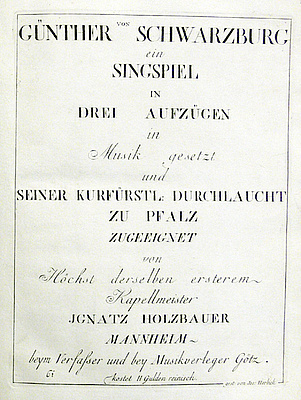
Here in the Knights' Hall, the Musical Academies have been held during the winter months as part of court life since 1753. The winter season always begins on November 4, the Elector's name day. The orchestra podium is opposite the window front and the court company takes their seats at small playing tables according to a fixed seating arrangement.
Every year, thousands of visitors from all over Europe, including artists, music lovers and educational travelers, come to the Residenz to experience the famous orchestra at the court concerts and opera performances. In summer, the events take place in Schwetzingen Palace.
The guests, in addition to Mozart and Johann Christian Bach as well as Christoph Willibald Gluck, also the poets Goethe, Lessing and Klopstock, are enthusiastic about the high standard of the court music. The poet Christian Friedrich Daniel Schubart, for example, praised it: "No orchestra in the world has ever surpassed the Mannheim orchestra in execution. Its forte is a thunder, its crescendo a cataract, its diminuendo a crystal river rippling into the distance, its piano a breath of spring".
The dynamic music, rich in contrasts and nuances, inspires by its naturalness, its inventiveness and its momentum as well as by its orchestral culture, which is characterized by an extraordinarily high level of playing technique but also by joy of playing.
Due to Bavarian succession regulations, Elector Carl Theodor moves his residence to Munich in 1778 and also takes most of the musicians of his court orchestra with him. This ends Mannheim's era as one of Europe's leading musical metropolises.
The "Mannheim School," however, provided important impulses for the development of the classical symphony orchestra and the concert symphony. It influenced not only the composers of Viennese Classicism such as Wolfgang Amadeus Mozart, Joseph Haydn and Ludwig van Beethoven, but also orchestral music up to the Romantic period.
